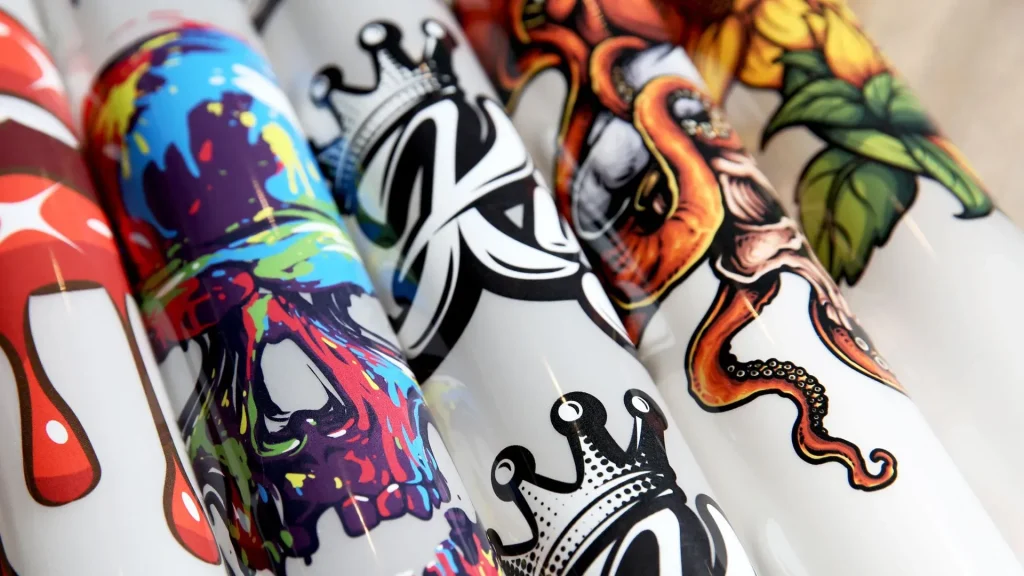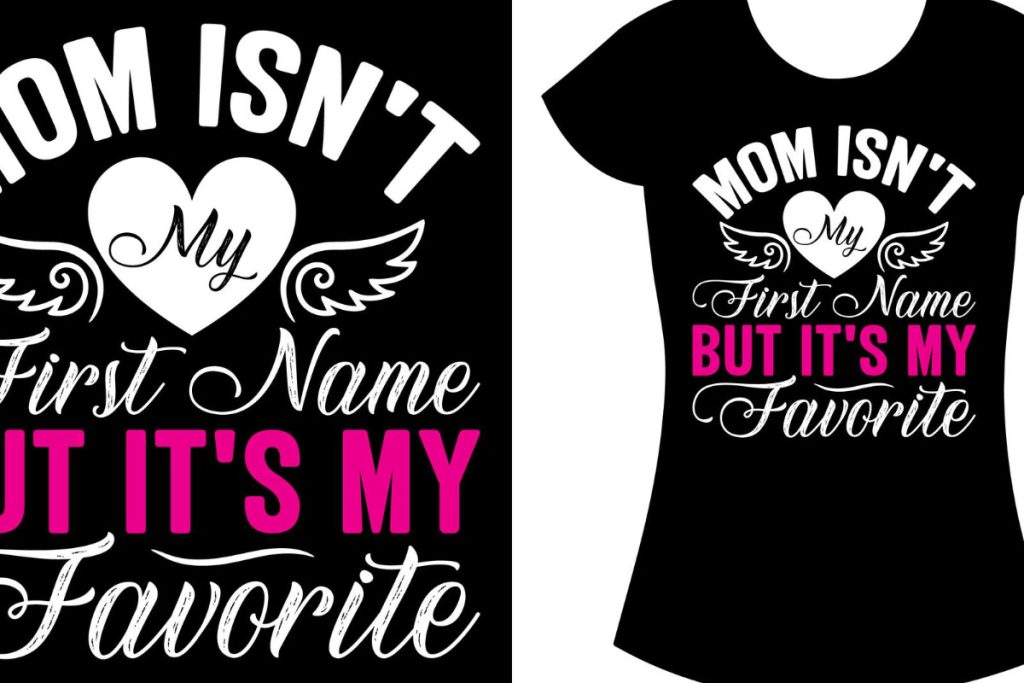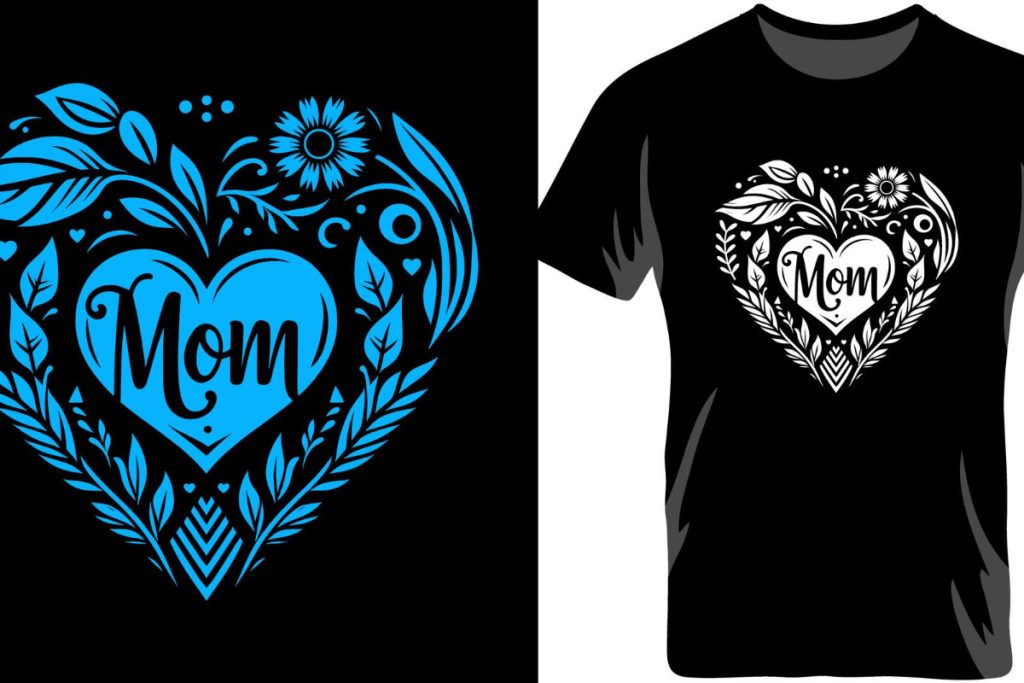DTF Transfers have taken the custom apparel printing industry by storm, introducing a remarkable shift in how designs are applied to fabric. With the innovative Direct to Film technology, businesses can achieve stunning, high-resolution prints that stand out for their vibrancy and durability. As more brands recognize the DTF printing benefits, they are opting for this method to ensure their garments not only look great but also stand the test of time. The growing interest in apparel printing innovations has highlighted how DTF technology advantages cater to diverse fabrics, making customization more accessible than ever. Clearly, DTF Transfers are not just a trend but are reshaping the future of personalized fashion.
Known variously as Direct to Film or DTF printing, this cutting-edge technique is revolutionizing how custom designs are brought to life on textiles. By transferring images from specialized film directly onto a plethora of fabrics, this process eliminates many traditional printing limitations. Innovative printing solutions like DTF serve to enhance the quality, durability, and versatility of printed apparel, appealing to both manufacturers and end consumers alike. The recent advancements in this technology underscore its advantages, promising a new era in apparel customization that prioritizes both creativity and efficiency. As manufacturers increasingly adopt this method, the landscape of garment decoration is set for significant evolution.
Understanding DTF Transfers in Custom Apparel
DTF transfers are a revolutionary technology that has changed the landscape of custom apparel printing. They involve the use of Direct to Film (DTF) technology, which prints designs onto a specific film that is then transferred onto fabric using heat and pressure. This method ensures that prints are not only vibrant but also possess exceptional durability even after repeated washes. As a result, DTF transfers allow manufacturers to produce intricate designs with high color fidelity, making it an attractive option for startups and established brands alike.
The process starts with a digital print of the desired design onto a film, which is then coated with an adhesive powder. After curing and cooling, the design is ready for application to the fabric. This approach provides remarkable versatility, allowing businesses to print on various materials such as cotton, polyester, and even blends. With DTF transfers, creativity knows no bounds, enabling fashion designers to push the envelope in custom apparel while guaranteeing quality that customers can rely on.
Benefits of DTF Printing Technology
DTF printing brings a multitude of benefits that are driving its rise in popularity among apparel manufacturers. One of the most significant advantages is its cost-effectiveness, particularly for small batch orders. Traditional methods often come with high setup fees that can be prohibitive for smaller brands, but DTF alleviates this concern by allowing flexible productions without hefty initial investments. As a result, businesses benefit from lower costs while still delivering high-quality, personalized products to their customers.
Furthermore, DTF printing’s ability to produce vibrant and long-lasting prints is unparalleled. Unlike older printing techniques that may fade or crack over time, DTF transfers maintain their integrity even after numerous washes. This durability not only enhances customer satisfaction but also reinforces brand loyalty, as consumers appreciate quality products that stand the test of time. Such reliability within the custom apparel market is vital as trends and fashion preferences evolve rapidly.
Also, DTF printing is environmentally considerate. By reducing the amount of waste generated during the printing process and using modern inks that carry eco-friendly certifications, companies can align their production processes with sustainability initiatives. This shift not only appeals to environmentally conscious consumers but also positions brands favorably in an increasingly competitive market where ethical practices are becoming more critical.
Emerging Trends in Custom Apparel Printing
The adoption of DTF transfers reflects significant emerging trends within the custom apparel industry, including a growing emphasis on individualism and personalization. As consumers increasingly seek opportunities to express their unique identities through clothing, the demand for customizable options has skyrocketed. DTF printing provides infinite design possibilities, enabling brands to cater to individual preferences efficiently and effectively. This trend illustrates how DTF technology is creating new opportunities for businesses to connect with their audience on a personal level.
Moreover, technological advancements in DTF inks and equipment are propelling innovation within the industry. Manufacturers are continuously refining the formulation of inks for richer colors and better adhesion, ensuring that printed designs last longer. As these innovations emerge, they not only enhance product offerings but also allow brands to stay competitive by quickly adapting to the ever-changing market demands. Keeping an eye on these trends will be essential for businesses aiming to thrive in the custom apparel arena.
DTF Technology Advantages Over Traditional Methods
When comparing DTF technology to traditional apparel printing methods, it becomes apparent that the former offers several distinct advantages that can significantly improve production processes. For example, DTF transfers are simpler to use than screen printing, which necessitates creating multiple screens for different colors in a design. In contrast, DTF printing requires only a single transfer, making it faster and allowing for more complex designs without the labor-intensive preparation associated with traditional methods. This efficiency translates to quicker turnaround times for customers, which is crucial in today’s fast-paced fashion environment.
Additionally, DTF printing minimizes the risk of color mismatches and design inconsistencies, which are common pitfalls in screen printing and DTG printing methods. With digital prints precisely replicating colors straight from the digital file, customers can expect heightened accuracy and quality in their printed apparel. This precision not only enhances the product’s appeal but also strengthens the overall perception of a brand as a reliable source of custom apparel.
Practical Applications of DTF Printing in Business
Incorporating DTF printing into business operations can lead to substantial practical advantages that enhance productivity and efficiency. As companies leverage this innovative technology, they can streamline their workflow by eliminating time-consuming aspects of traditional printing, such as setup and cleanup. This efficiency is crucial in a landscape where meeting tight deadlines can dictate a company’s success. Businesses that embrace DTF technology are better positioned to respond to trends and consumer demands promptly, maintaining relevance in a competitive market.
Moreover, by utilizing DTF technology, brands can make significant strides toward sustainability. The traditional apparel printing methods often involve excessive materials and generate much waste. DTF printing, however, minimizes such waste by allowing for precise printing that meets exact specifications without the need for excess materials. This shift can improve a company’s environmental footprint while appealing to an ever-growing base of eco-conscious consumers.
The Future of Custom Apparel Printing with DTF
As the custom apparel printing landscape continues to evolve, it is clear that DTF technology will remain at the forefront of innovation. With its blend of versatility, efficiency, and quality, DTF printing is redefining how brands approach garment customization. As more manufacturers adopt this technology, it is anticipated that DTF will become the norm rather than the exception, marking a pivotal shift in industry practices. This transformation will unlock new possibilities for creativity and expression in fashion while addressing customer demands for unique and personalized apparel.
Looking ahead, the advancements in DTF technology are set to intensify, further enhancing the capabilities of apparel printing. As manufacturers invest in research and development, we can expect even more efficient inks, faster printing speeds, and improved techniques that push the boundaries of quality and creativity. Businesses that recognize and adapt to these advancements will undoubtedly thrive in the competitive apparel market, confident in their ability to meet evolving consumer needs.
Frequently Asked Questions
What are the main benefits of DTF Transfers in custom apparel printing?
DTF Transfers offer multiple benefits in custom apparel printing, including versatility across fabrics, high-quality and durable prints, cost-effective solutions for small runs, and rapid market uptake. This makes DTF technology an ideal choice for businesses looking to cater to diverse customer needs while maintaining print integrity and efficiency.
How does DTF printing compare to traditional apparel printing methods?
Compared to traditional printing methods like screen printing and direct-to-garment (DTG) printing, DTF printing stands out for its versatility, ease of use, and high-quality output. DTF technology can print on various fabric types and produces vibrant, long-lasting designs, making it a favored option for personalized and mass-produced apparel.
What types of fabrics can DTF Transfers be applied to?
DTF Transfers can be applied to a wide variety of fabrics, including natural materials like cotton and silk, as well as synthetic options like polyester and nylon. This flexibility in fabric compatibility allows businesses to expand their custom apparel offerings and meet diverse consumer preferences.
Why is DTF printing considered a cost-effective solution for small batch orders?
DTF printing is regarded as cost-effective for small batch orders due to its lower setup costs and lack of minimum order requirements, unlike traditional methods. This makes it ideal for brands looking to create personalized items or limited runs without incurring significant production expenses.
What are some recent innovations in DTF printing technology?
Recent innovations in DTF printing technology have focused on improving ink performance in terms of adhesion, wash-fastness, and color richness. These advancements help meet increasing consumer demand for high-quality prints while streamlining production processes for businesses in the custom apparel market.
How does DTF technology support sustainable practices in apparel printing?
DTF technology supports sustainability by minimizing waste during the printing process. Unlike traditional methods that often generate excess materials and rejected prints, DTF allows for precise applications with less material usage, thus contributing to more eco-friendly manufacturing practices in the custom apparel industry.
| Key Features | Details |
|---|---|
| DTF Printing Definition | A printing method that transfers designs onto textiles using heat, notable for high-quality and vibrant prints. |
| Versatility Across Fabrics | Applicable to various fabrics like cotton, silk, polyester, and nylon, catering to diverse customer needs. |
| Quality and Durability | Maintains high resolution and color vibrancy, even after multiple washes, suitable for custom and mass production. |
| Cost-Effectiveness | More economical for small batch orders, making it accessible for businesses of all sizes. |
| Rapid Market Uptake | The growing demand for customization in fashion is driving its adoption among brands and startups. |
| Emerging Market Trends | Manufacturers investing in DTF printers, enhancing quality through innovations in inks and production techniques. |
| Support for Sustainability | Reduces waste compared to traditional printing methods, aligning with sustainable manufacturing goals. |
Summary
DTF Transfers are transforming custom apparel printing by providing a versatile, high-quality, and cost-effective solution for businesses. This innovative printing method is gaining momentum among manufacturers due to its ability to cater to various fabrics and meet the demand for personalized designs. With advancements in technology improving print durability and reducing waste, DTF Transfers represent not only the future of apparel printing but also a significant shift toward more sustainable practices in the industry. As brands continue to embrace this revolutionary technique, they are poised to thrive in the dynamic landscape of fashion customization.



